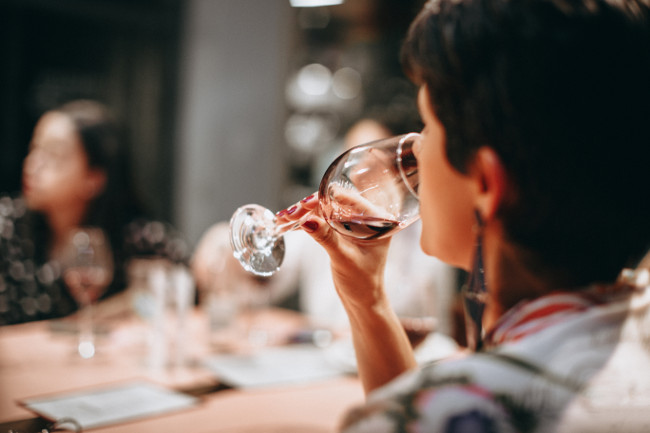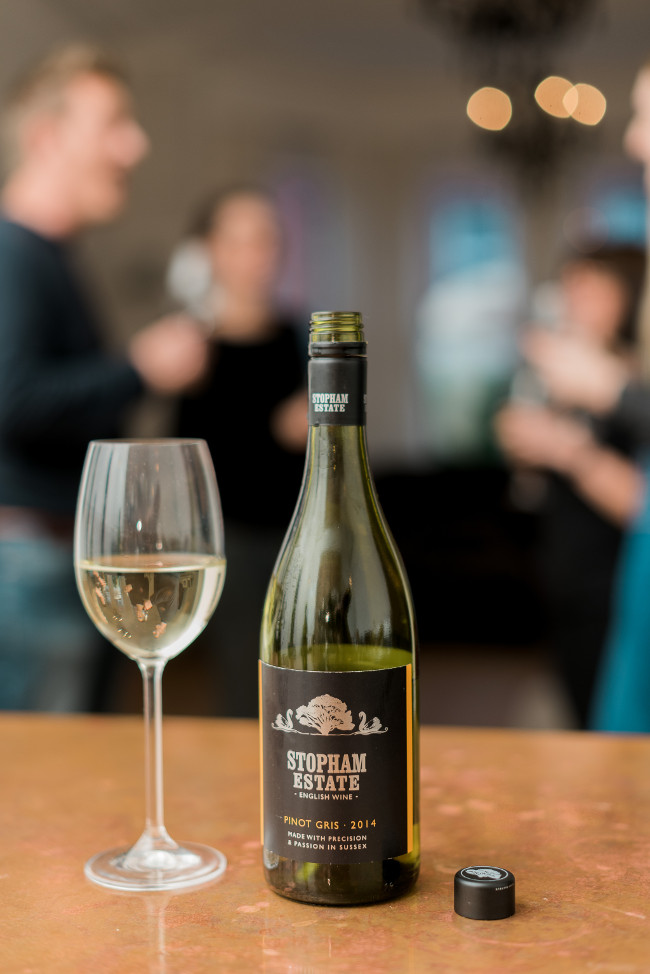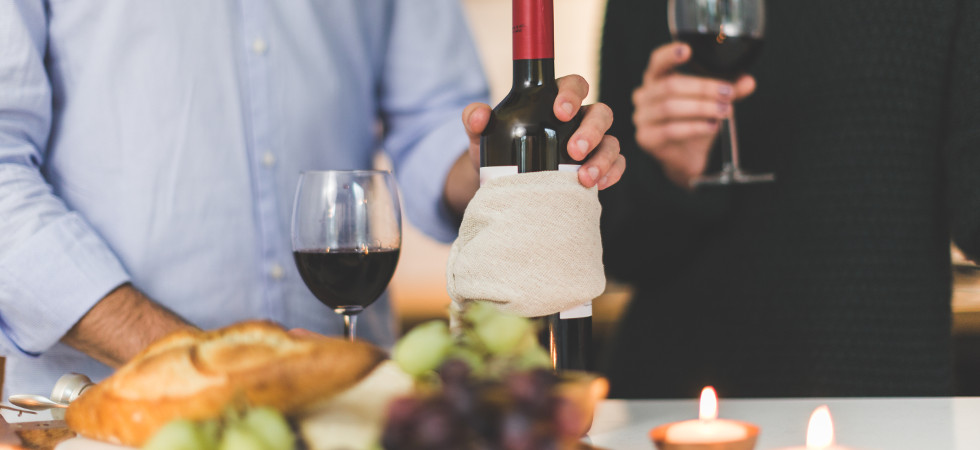With ‘Dry January’ over, it’s the perfect time to discover why staying in is the new going out. So why not sample the nation’s favourite tipple* and hold a wine tasting at home?
Here are five top tips on how to host the perfect wine tasting from Simon Woodhead, winemaking director of Stopham Vineyard.
Choose your wines
Select some unusual wines or an unexpected theme for the most interesting wine tasting. For example, conduct a tasting of only English white wines.
Although there are hundreds of locations, such as Stopham Vineyard, producing wines in England and Wales, many wine fans have no idea that quality English wines are readily available. English wines can usually be bought direct from a Vineyard’s website, or many are available in Waitrose, Marks and Spencer and independent wine shops.
Selecting wines from the same region (e.g. Sussex) can also prove interesting for a tasting. Regardless, a selection of 5-6 wines is ideal to test the palette.

Do some research
Before your guests arrive, prepare and print off some tasting notes by researching the chosen wines online. Vineyard websites, wine stockists and wine review websites should provide all the information you need.
Blind tastings provide the most fun, and the most conversation. So make sure any tasting notes given to guests don’t reveal the name or variety of the wine. It can be surprising what people prefer when they haven’t seen the label! The Stopham Estate Pinot Blanc, for instance, may pleasantly surprise even the most committed Sancerre fan.
Set the scene
Although wine tastes delicious with the right food pairing, when conducting a tasting it’s important not to interfere with the subtle flavours and aromas of the wines. Therefore, avoid serving canapes and instead provide palette cleansing snacks, such as breads, crackers or nuts, as well as plenty of water.
Make sure enough of the right type of glasses are available. For example, when tasting white wine a small, thin-walled glass that tapers in towards the top is best to capture the aromas. Separate glasses should be used for water to ensure the wines do not become diluted.
It will also be easier to see the true colour of the wines against a neutral background, so be sure to lay the table using a white tablecloth. Increasingly, wines are bottled with a screwcap, but make sure you have a corkscrew – just in case!
Chill to perfection
If wines are too warm or too cold the flavour profile can be affected, so it’s important for the wines to be served at the right temperature. Reasonably priced wine thermometers are readily available and can help with this.
Alternatively, a good rule of thumb is to take white and sparkling wines out of the fridge one hour before serving so the temperature is around 8°C. Red wines should be kept in a cool place out of the fridge, aiming for an ideal temperature of 16°C. They shouldn’t be left to reach room temperature as this is too warm and will affect the flavour and aroma.

Taste like a pro!
As the first wine is introduced, provide guests with some top tasting tips. For the most thorough tasting, consider the flavours, aromas, body and colour of the wine. There are plenty of online tutorials which teach how to taste like an expert.
Although each wine should be introduced with a few tasting pointers, don’t rush the process and ensure there is plenty of time for discussion, or to have a second taste, before moving on.
Once all wines have been tasted, invite those with a refined palette to try and guess each wine variety, country of origin or even retail price. Or simply ask guests to choose their favourite before revealing what each wine is.
Most importantly of all, enjoy!






















